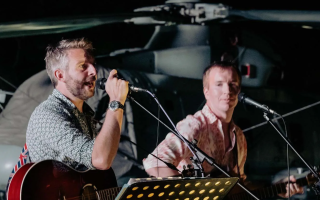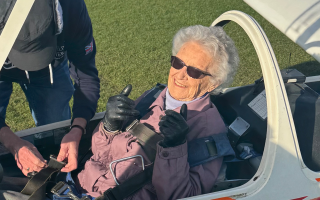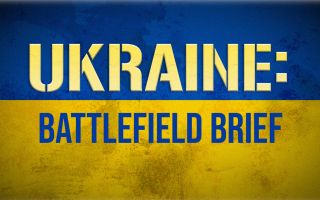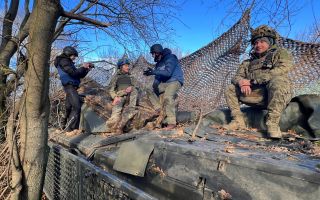Gloster Meteor: How Britain's first jet fighter is still playing a vital role today
Britain's first operational jet fighter and the only Allied jet to see combat in the Second World War, the Gloster Meteor, took its first true flight in 1943.
Little did people know that eight decades later, it would still be playing a vital role in keeping pilots safe today.
Martin-Baker, a world leader in the design and manufacture of ejection and crashworthy seats for more than 70 years, still uses the Second World War aircraft to carry out live ejection tests on all new production seats.
A joint venture between RAF Officer Frank Whittle's company Power Jets – a British company founded in 1936 with a focus on designing and manufacturing jet engines – and the Gloster Aircraft Company, founded in 1917, the Meteor was born out of an experimental design called the Gloster E.28/39, also referred to as the Gloster Whittle or Gloster Pioneer.
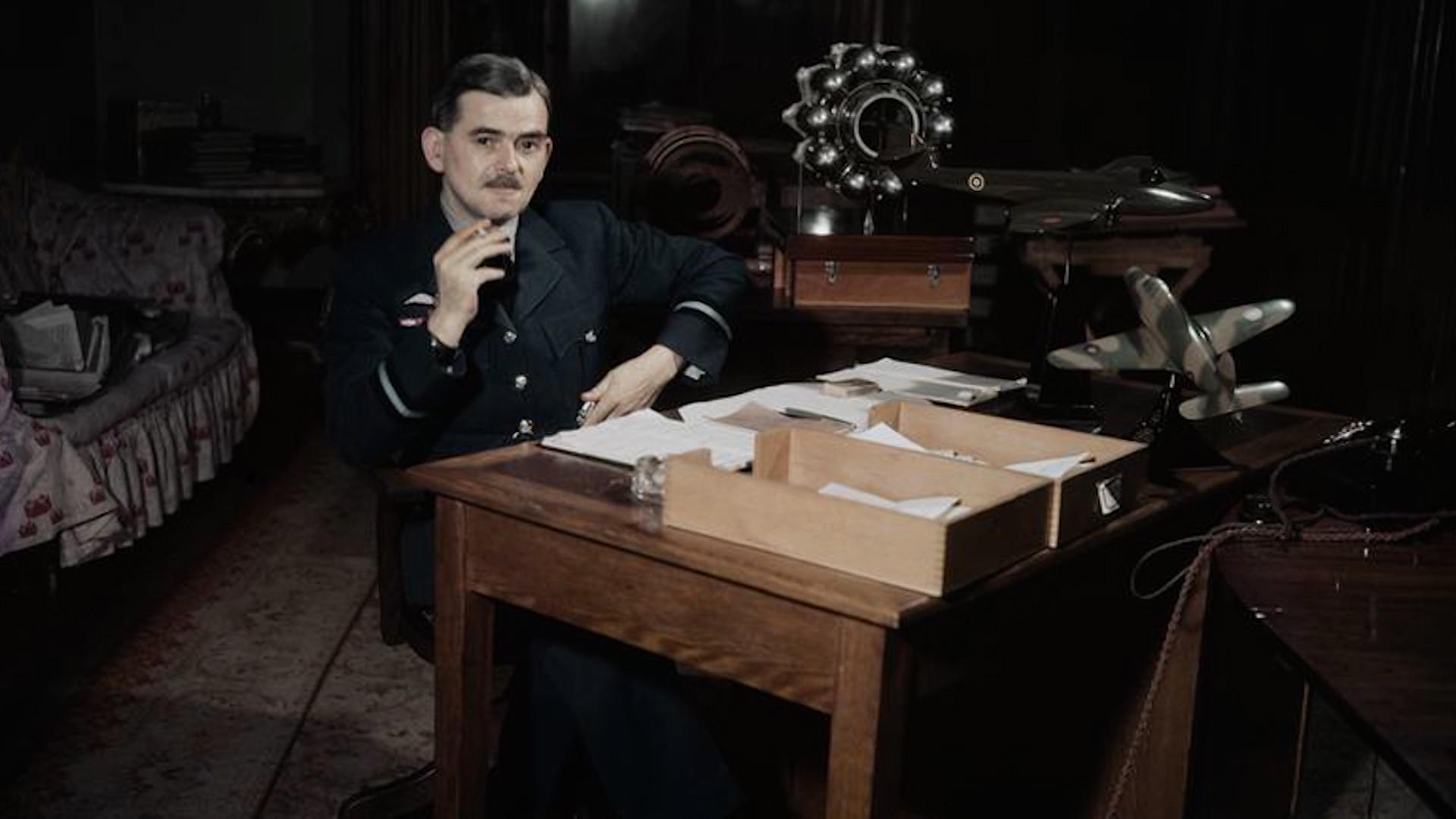
The first live ejection in Britain was carried out in July 1946 by Bernard Lynch of Martin-Baker Aircraft from a Gloster Meteor travelling at a speed of 320mph.
Since that day, 7,697 lives have been saved thanks to the octogenarian, twin-engined, single-pilot aircraft.
The first of whom was John Lancaster, a Royal Air Force bomber pilot, who in 1949 ejected from his Armstrong Whitworth A.W.52 flying wing in an emergency and survived.
The Martin-Baker test aircraft was fitted with both Mk. 1E and Mk. 2E ejection seats and, before the aircraft retired from the Royal Air Force in the 1980s, was responsible for saving the lives of 41 RAF pilots ejecting from a Gloster Meteor.
Andy Gent, head of flying and airfield manager at Martin‑Baker, flies the Gloster Meteor jets used for ejection seat development flying.
Speaking to Forces News, he explained why the aircraft is still the perfect fit for the job.
"The Meteors are used because they have sufficient performance in order to undertake testing at speeds between 150 and 450 KIAS (knots indicated airspeed) and at altitudes of less than FL300 (30,000ft)," he said.
"If another type of aircraft was used, then a significant amount of design and engineering work would be necessary to convert, say, a Hawk into a reusable test vehicle for ejection seat testing.
"Such effort equals cost. Why spend resource when the Meteor executes the task well?"
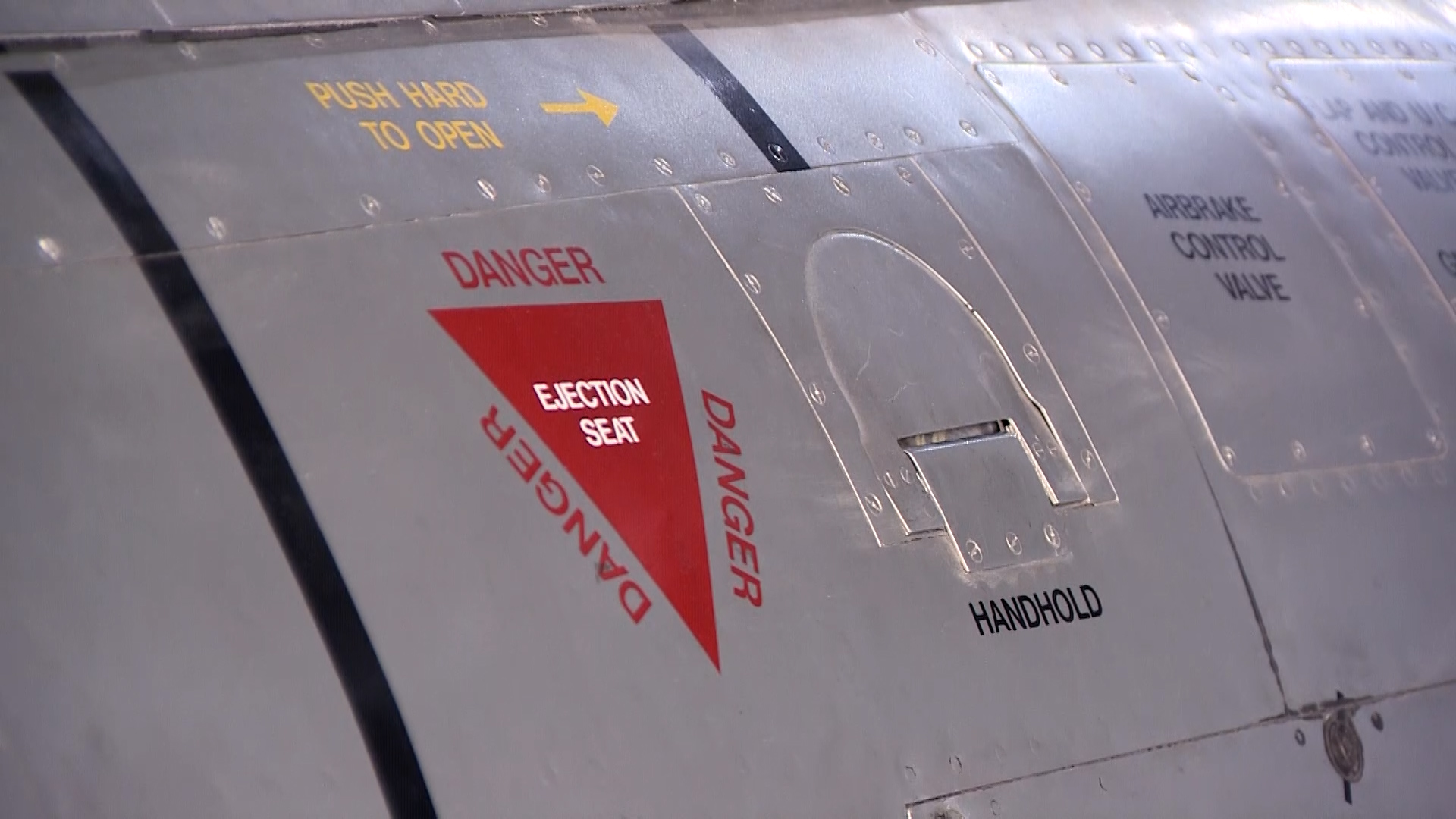
Mr Gent says the requirements of an ejection seat test aeroplane are as follows:
- The ejected seat clears the fin of the test aircraft. This also must happen in failure cases such as if the gun or catapult fires but the rockets do not.
- Efflux and debris from the seat should not be ingested into the engines. In practice, this means that the intake lips must be forward or spaced clear of the fuselage. In the Meteor, the engines are set out along the wings and well forward, meaning that ingestion of ejection seat rocket motor efflux is not a significant problem.
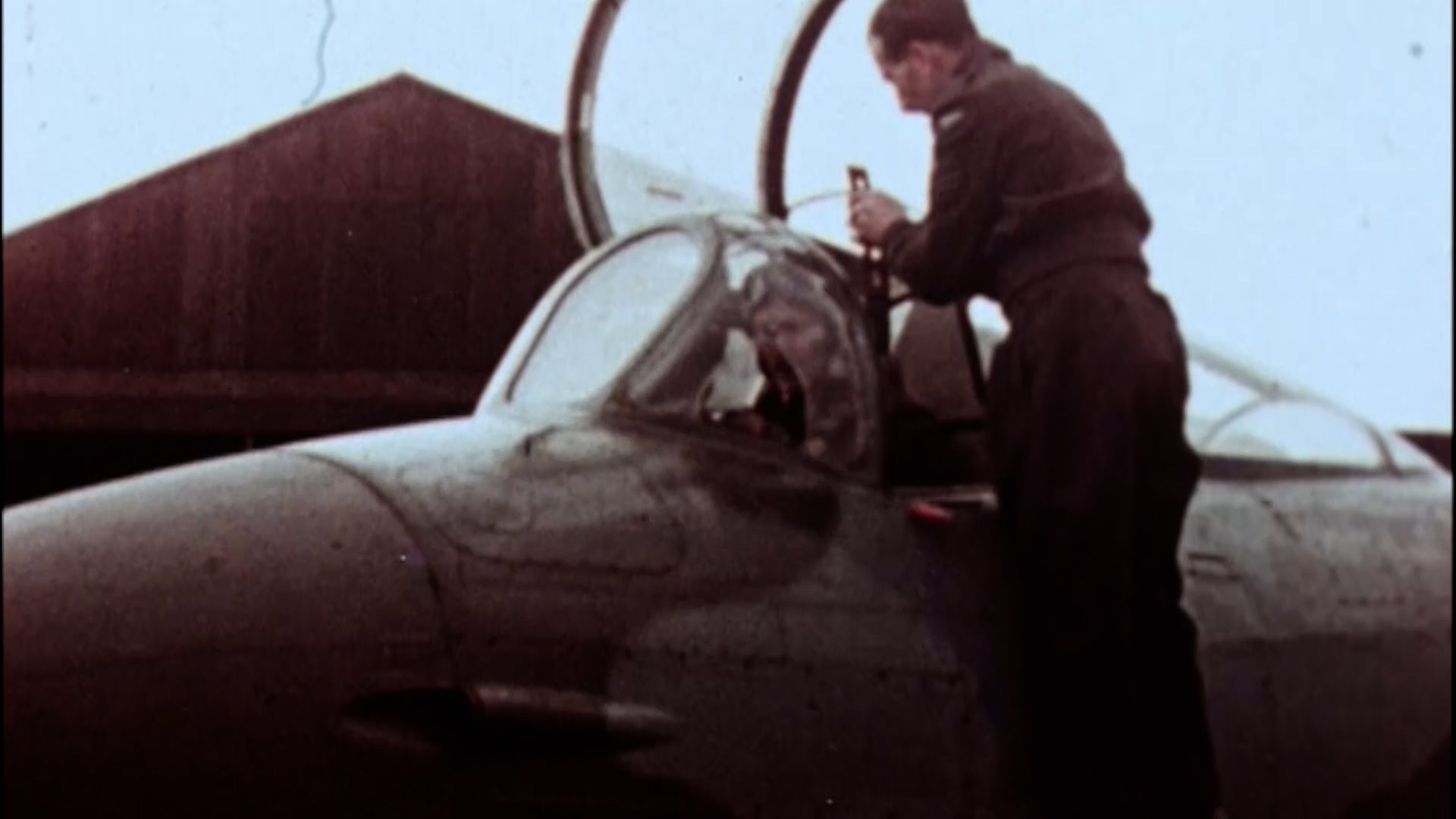
- The engines must be very resistant to bird strike damage. That is the case with the Meteors (Derwent Mk8s) of the Gloster Meteor, but not a more modern engine that has a fan or compressor at the 'open' end.
- The Meteor is a twin-engine plane that adds a significant degree of security to operations. As compared to a single engine type – particularly a type that will spend a significant period at a low level where bird ingestion is a more likely event.


